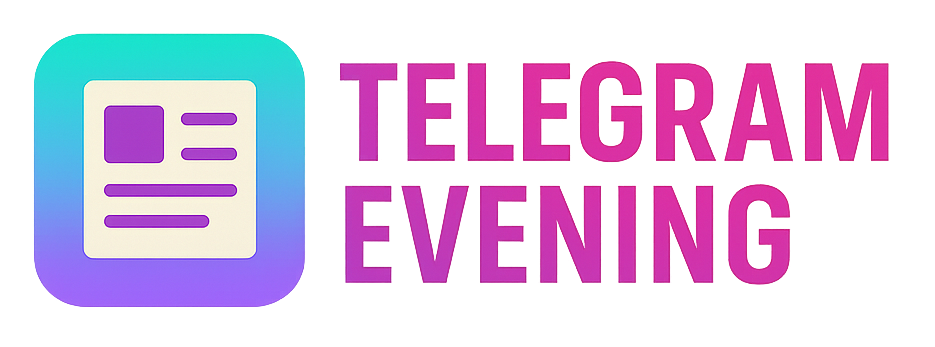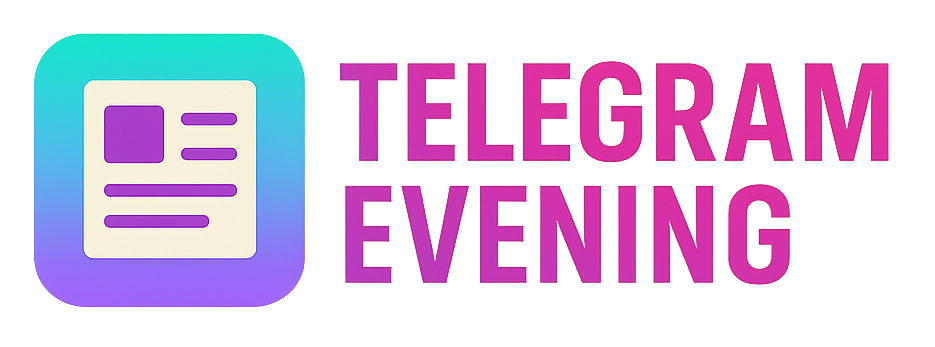Implementing Circular Economy Principles in Tech-Driven Business Models
Adopting circular economy frameworks ensures longevity and sustainability for technology businesses.

Understanding the Circular Economy in Technology
The circular economy offers a sustainable alternative to the traditional linear 'take-make-dispose' model by closing resource loops and maximising value retention. For tech-driven business models, this approach is a strategic imperative to foster resilience and environmental responsibility.
Evergreen Challenge: Integrating Circularity into Digital Businesses
Technology enterprises face enduring pressures to reduce resource waste, minimise environmental impact, and create long-term value from products and services. Implementing circular economy principles enables businesses to address these challenges while driving innovation and customer loyalty.
Solution 1: Design for Longevity and Modular Upgradability
This framework involves creating products or digital services with modular components that can be independently upgraded, repaired, or replaced, extending the overall lifecycle and reducing electronic waste.
- Step 1: Map product architecture to identify modular components and interfaces.
- Step 2: Develop standardised APIs and hardware connectors for component interchangeability.
- Step 3: Implement update and repair protocols accessible to users and third-party partners.
- Step 4: Train user support teams in circular usage and repair methodologies.
- Step 5: Establish take-back or recycling schemes incentivised with service credits.
// Example: Modular firmware update mechanism for IoT devices
function updateModule(moduleId, firmwareData) {
if (!validateFirmware(firmwareData)) {
throw new Error('Invalid firmware.');
}
uploadFirmware(moduleId, firmwareData);
restartModule(moduleId);
console.log('Module ' + moduleId + ' updated successfully.');
}
function validateFirmware(data) {
// Implement signature and checksum validation, ensuring future proof security
return true;
}Solution 2: Subscription-Based Service with Product-as-a-Service (PaaS) Models
This sustainable business strategy shifts ownership from customers to providers, allowing companies to retain control over product use, refurbishing, and resource recovery, reducing waste and promoting circular flows.
- Step 1: Re-structure revenue models from one-time sales to recurring subscriptions.
- Step 2: Build logistics and service infrastructure for product leasing, maintenance, and upgrades.
- Step 3: Develop digital platforms for customer onboarding, usage tracking, and lifecycle management.
- Step 4: Integrate sustainability KPIs and circular metrics into business analytics.
- Step 5: Foster partnerships with recycling and refurbishment experts to close material loops.
Engagement and Insight Blocks
Did You Know? The European Commission estimates the circular economy could generate a net economic benefit of €1.8 trillion by 2030 through innovation and reduced resource dependency.
Pro Tip: Prioritise modular product design and upgradeability early in the development process to reduce costly re-engineering.Q&A: Q: Can PaaS models scale globally?
A: Yes, by leveraging cloud-based platforms and local service hubs, PaaS can be tailored for diverse markets while ensuring circularity.
Evening Actionables
- Assess your existing product portfolio for modularity and upgrade potential.
- Develop a pilot subscription program with clear sustainability goals.
- Implement a firmware update mechanism for modular components, ensuring security and scalability.
- Map partnerships with repair and recycling networks to close supply loops.
- Review strategic business model alignment with circular economy principles referencing Designing Resilient Digital Business Models for Post-Pandemic Market Stability.





Comments ()